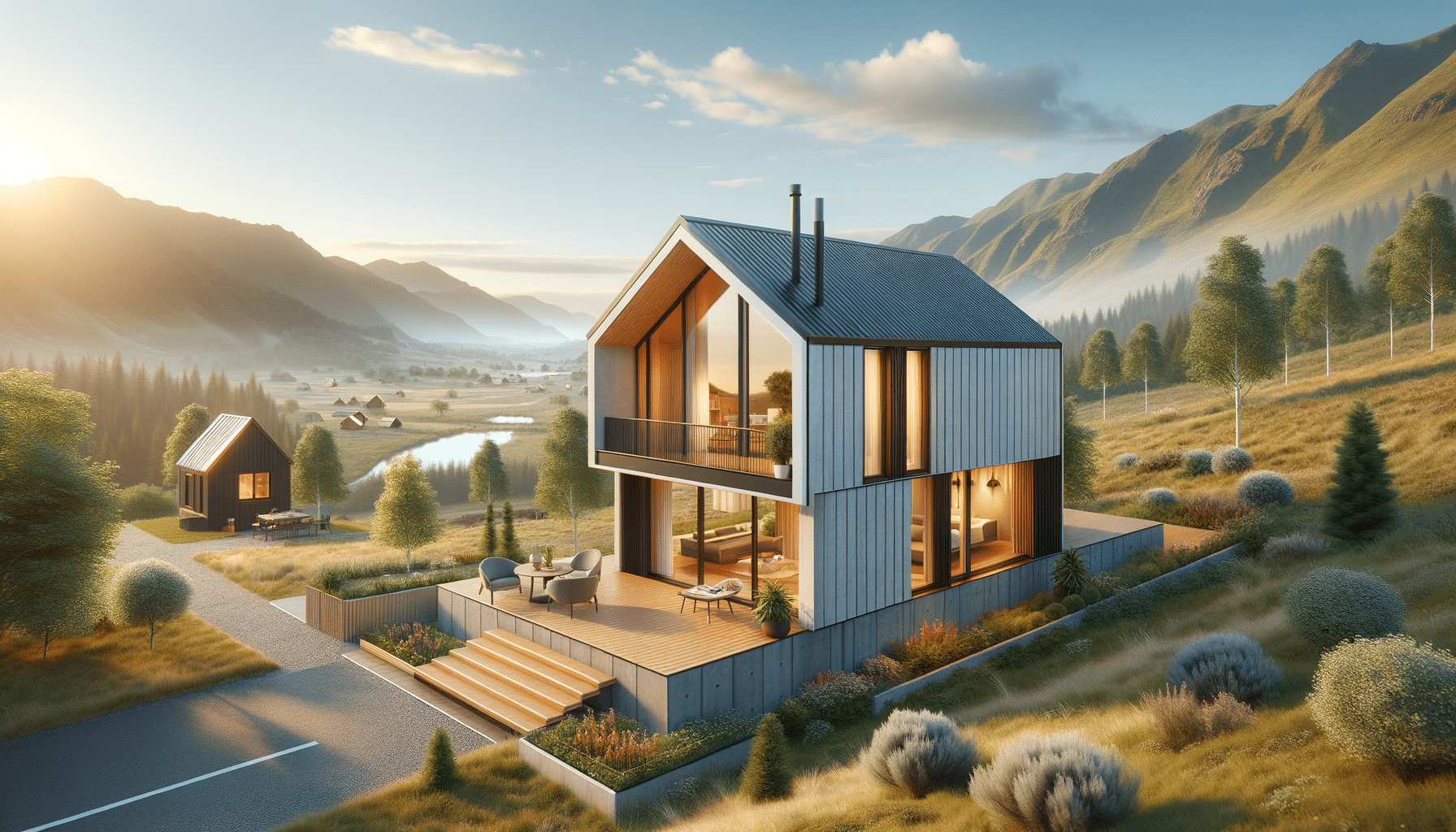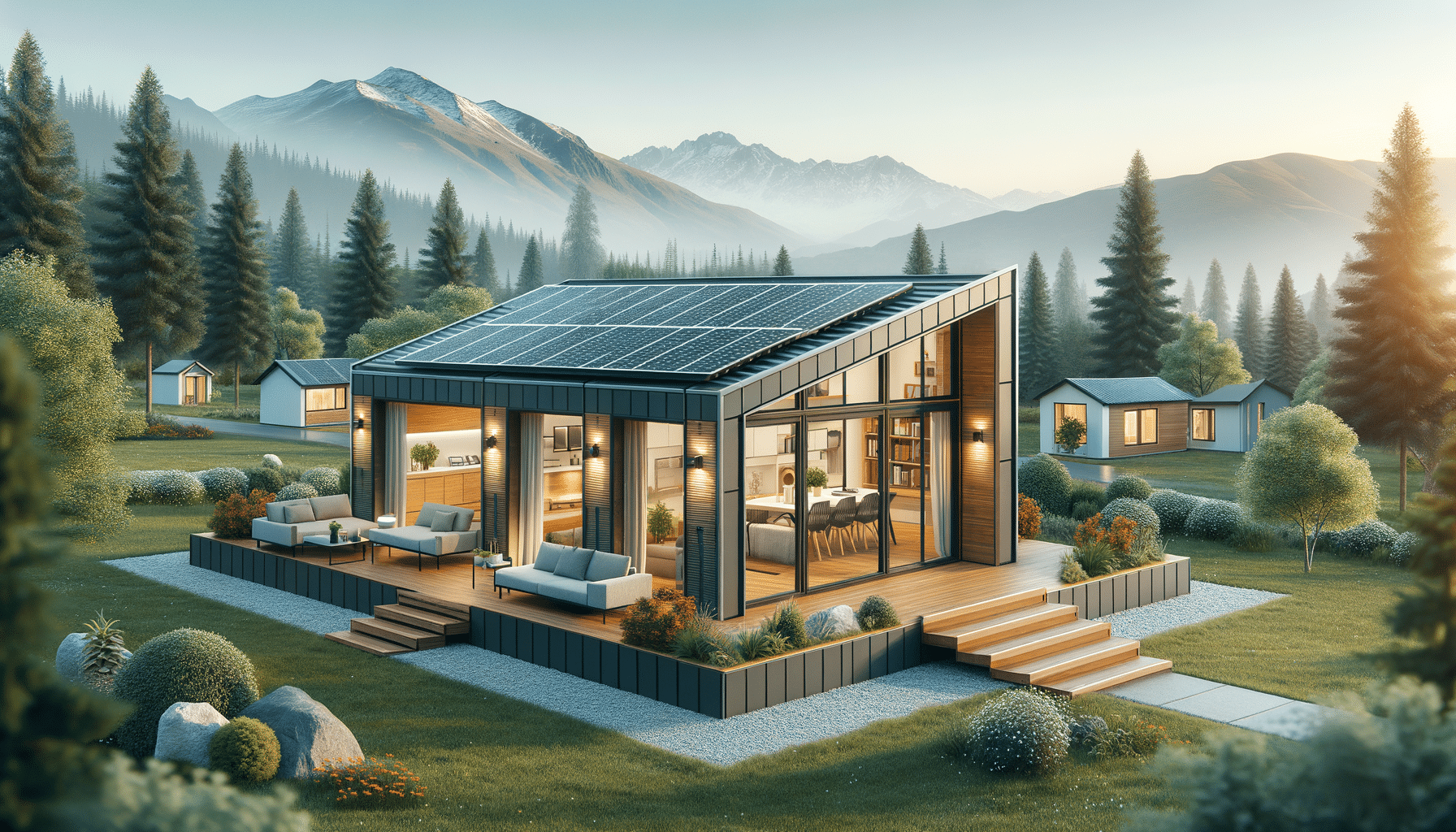
How Traditional Air Conditioners Continue to Shape Home Comfort in 2025
The Evolution of Home Cooling Solutions
For decades, traditional air conditioning systems have been the cornerstone of indoor climate control. In 2025, they remain a significant influence on how we design and experience comfort in our homes. However, as technology evolves and consumer preferences shift toward convenience and flexibility, a growing number of people are exploring air conditioning options that do not require permanent installation. These alternatives cater to renters, small apartment dwellers, and homeowners looking for supplemental cooling without the complexity of ductwork or professional setup.
While central AC systems offer widespread cooling and long-term reliability, they’re not always suitable for every living situation. Installation can be costly, time-consuming, and often requires structural modifications. This has paved the way for portable and installation-free units that offer a viable option for those who prioritize mobility and ease of use over permanent fixtures. As energy-efficient models and smart features become more accessible, these alternatives continue to gain traction in modern households.
Types of AC Without Installation
Air conditioning without installation comes in several forms, each offering unique benefits depending on the user’s needs. These units generally fall into the following categories:
- Portable Air Conditioners – Freestanding units that can be moved from room to room. They usually require a window for exhaust but no permanent setup.
- Evaporative Coolers – Also known as swamp coolers, they use water evaporation to lower air temperature and work best in dry climates.
- Window Air Conditioners with Minimal Setup – Some newer models are designed for tool-free installation and can be secured without modifications.
- Personal Air Coolers – Compact, desktop-sized devices ideal for small spaces or personal use.
Each of these options allows users to enjoy cooler indoor environments without the commitment or cost of traditional AC systems. They are especially helpful in temporary living situations, during renovations, or in homes where installing ductwork is impractical.
Benefits of Installation-Free Air Conditioning
Choosing an AC system that doesn’t require installation comes with several advantages, especially for those seeking flexibility and convenience. These benefits include:
- Easy Setup – Most units are plug-and-play, requiring little more than a power outlet and, in some cases, a nearby window.
- Portability – Many models come with wheels and handles, making it easy to move them between rooms or even locations.
- Cost Savings – Without the need for professional installation or major structural changes, upfront costs are typically lower.
- Energy Efficiency – Many mobile and compact units are designed with energy-saving features to help reduce electricity usage.
These systems also offer a practical solution for those living in rented homes or apartments where permanent installation is not allowed. They provide a way to maintain comfort during warmer months without violating lease agreements or investing in long-term infrastructure.
Limitations to Consider
While installation-free air conditioning offers numerous benefits, it’s important to acknowledge its limitations. These units may not be suitable for larger spaces or for those who require uniform cooling throughout a multi-room home. Some common drawbacks include:
- Limited Cooling Area – Portable and compact units are often intended for small to medium-sized rooms.
- Noise Levels – Some units can be louder than central AC systems, which may be a concern in quiet environments.
- Moisture Management – Evaporative coolers add humidity to the air, which may not be ideal in already humid climates.
- Maintenance – Units often require regular cleaning and water tank refills or drainage to operate efficiently.
Despite these challenges, many users find that the trade-offs are acceptable when balanced against the ease of use and freedom from installation requirements. Understanding your specific cooling needs and living conditions is key to selecting the right system.
How Traditional Air Conditioners Influence Current Trends
Traditional air conditioning systems continue to shape consumer expectations and standards for home comfort. In 2025, their performance benchmarks—such as consistent temperature control, energy efficiency, and smart home integration—serve as a reference point for newer, installation-free technologies. Manufacturers of portable and alternative cooling systems are increasingly incorporating features inspired by central AC systems, including:
- Programmable Timers and Thermostats
- Wi-Fi Connectivity and Smart Home Compatibility
- HEPA and Carbon Filters for Air Quality
- Multiple Fan Speeds and Cooling Modes
This blending of traditional and modern features ensures that users don’t have to sacrifice comfort or convenience when opting for a less permanent solution. As innovation continues, the line between traditional and alternative cooling methods becomes increasingly blurred, creating more options for consumers across different lifestyles and home environments.
Conclusion: Finding the Right Cooling Approach for You
Air conditioning without installation offers a flexible and accessible way to stay cool, particularly for individuals living in spaces where traditional systems are not feasible. While these systems may not completely replace central air conditioning in terms of coverage and capacity, they provide a valuable alternative for targeted comfort, energy savings, and mobility. Whether you’re a renter, a homeowner seeking a secondary cooling option, or simply looking for a more convenient way to beat the heat, exploring these alternatives could lead to a more adaptable and personalized climate control solution.


